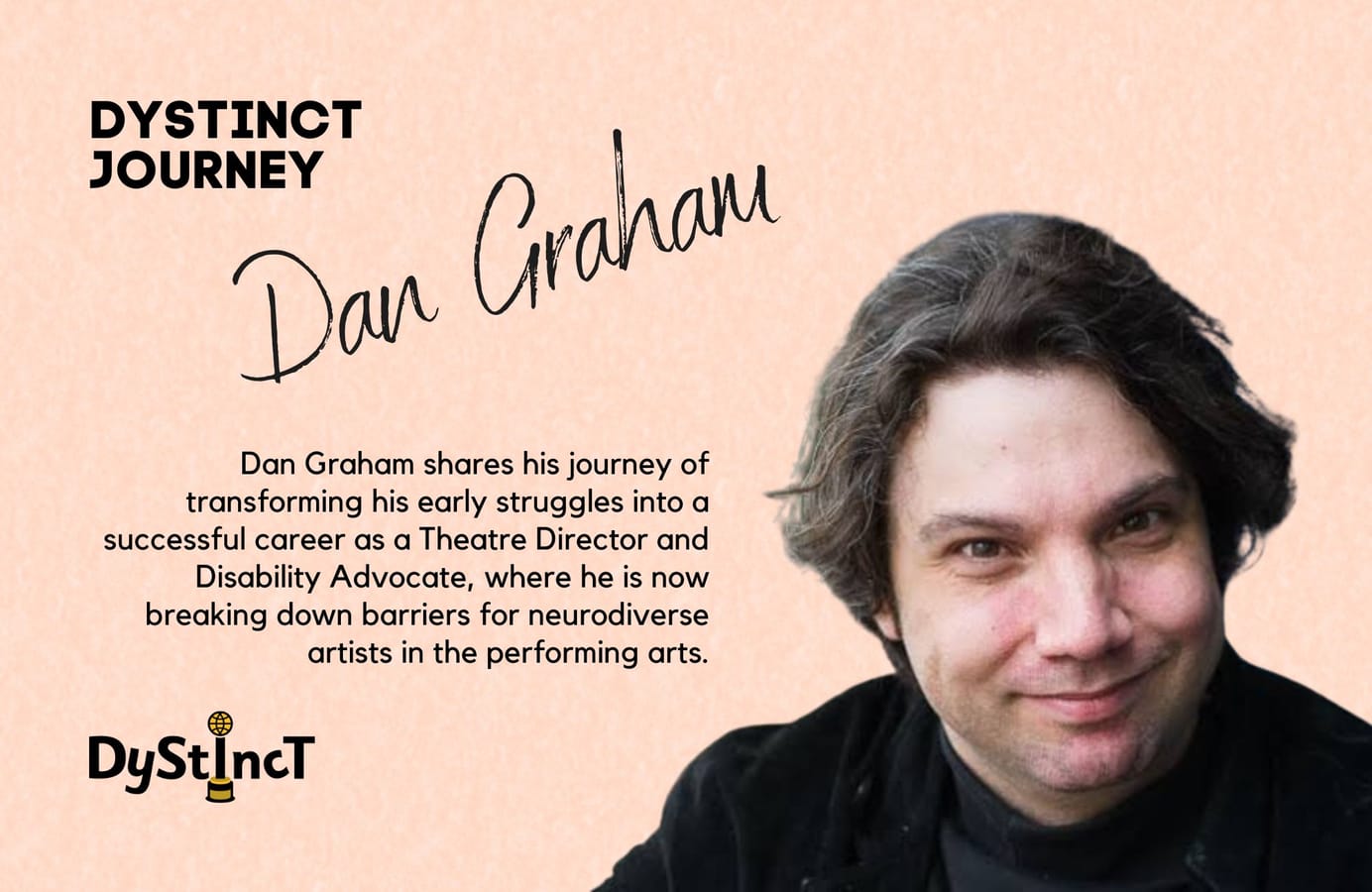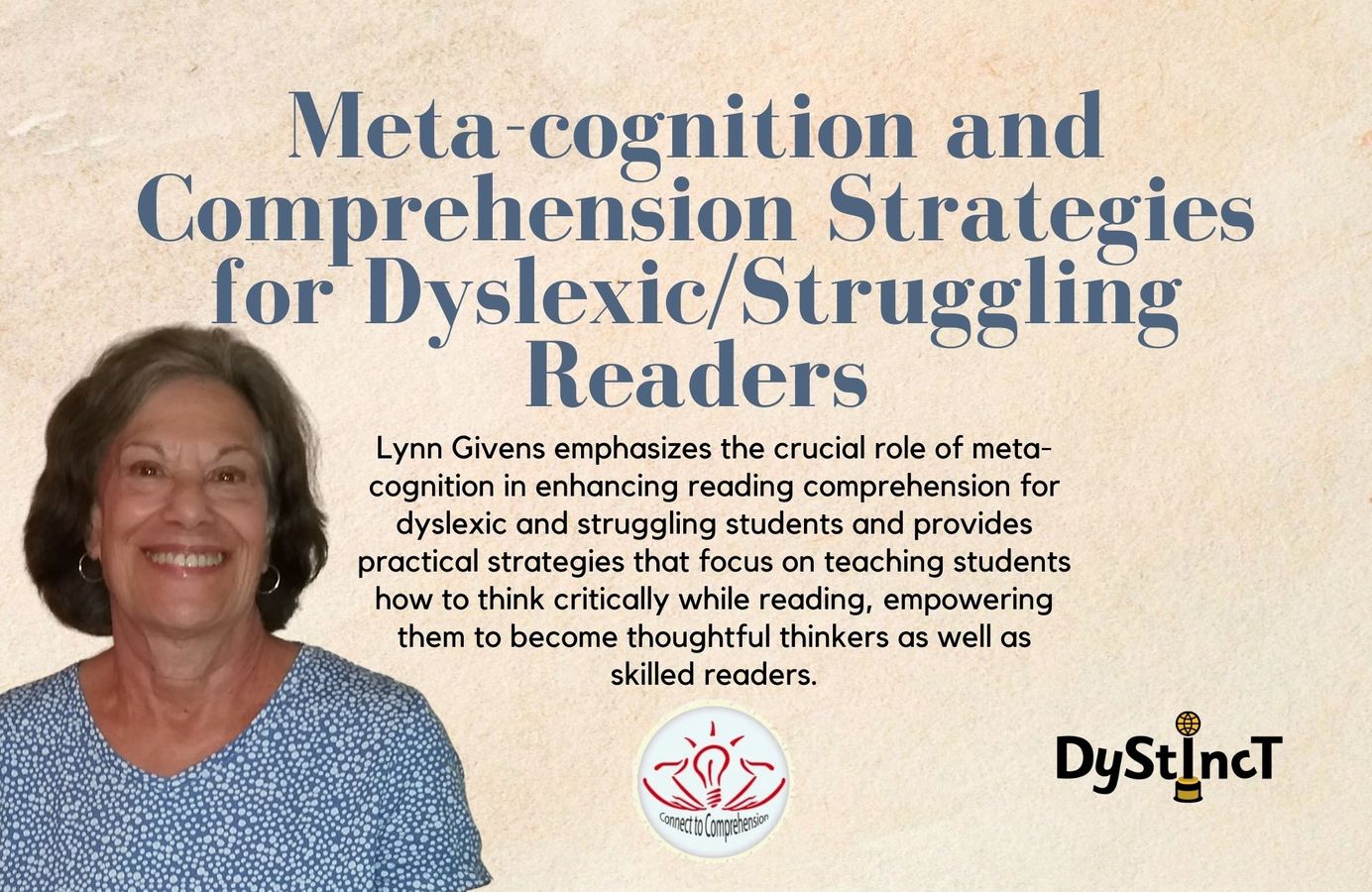
Issue 16: Meta-cognition and Comprehension Strategies for Dyslexic/Struggling Readers | Lynn Givens
Lynn Givens emphasises the crucial role of meta-cognition in enhancing reading comprehension for dyslexic and struggling students and provides practical strategies that focus on teaching students how to think critically while reading, empowering them to become thoughtful thinkers & skilled readers.
As educators and parents of dyslexic children, we know that we must go beyond helping them learn to decode and read fluently. Comprehension is the end goal for all the instruction and practice that we provide. BUT how do we know WHAT and HOW to teach to help our students improve in this critical component of reading?
Important reading skills such as making inferences, determining the main idea, and identifying cause and effect are important. However, these isolated skills do not turn our struggling students into thoughtful readers. To do this, we must focus on reading strategies, specifically those that promote META COGNITION.
What is Meta-Cognition?
What is Meta-Cognition?
Simply put, it is thinking about one's own thinking. This involves awareness and executive control of the reader's own thinking while reading. Proficient readers continually monitor their own thoughts when reading. They know WHEN they don't understand and WHAT they don't understand. They have a TOOL BAG of fix-up strategies. They ask themselves questions while reading to confirm their understanding. They think ahead and predict, often forming mental images as they connect with the text.
Our struggling readers, on the other hand, often lack these abilities because they focus so much on decoding when reading. So, how can we promote mega-cognitive thinking with these students?
Here are several ways to get started:
- Model meta-cognitive processes while reading aloud to students. Preview the text before reading aloud; make connections to personal experiences and to other texts; ask questions to clear up misunderstandings. Let your students see and hear you doing this so that they can understand the type of thinking they must do.
Ex.: "What is the author telling me now? Do I understand what he is saying? Does this make sense?" - Use decodable texts or texts that students can read easily. This will free up their "cognitive space" to help them focus on the strategies that they will be learning and practicing.
- Teach the essential comprehension strategies and provide opportunities for scaffolded practice with your students.
Comprehension Strategies
Comprehension Strategies
The four most powerful comprehension strategies to promote mega-cognitive thinking are:
- Self-monitoring
- Summarizing
- Generating questions
- Visualizing
Self-monitoring
Self-monitoring
Students who are good at monitoring their own comprehension know when they understand what they read and when they do not. They have strategies to "fix" problems when they arise. Research shows that explicit instruction, even in the early grades, can help students become better at monitoring their comprehension. Comprehension monitoring instruction teaches students to:
- Be aware that they do understand
- Identify what they do not understand
- Look back through the text to clear up misunderstandings
- Restate the difficult idea in their own words
Awareness: “I got the ideas on the first page, but now I’m confused.”
Identifying: “I don’t understand the second paragraph on page 2 that says, “Arriving in America was a milestone in my grandmother’s life.”
Looking back: “Oh, I see in the first paragraph it says that it was very important for the grandmother to come to America.”
Restating: “Oh, so the author must mean that coming to America was a very important event in her grandmother’s life.”
What are some ways to help students engage in this kind of thinking?
Marking
Use sticky notes in students’ texts, marking where they should be checking for understanding. Initially, write questions on the notes for students. Later, when students understand what types of questions they should be asking, use a note with just a question mark as a prompt.
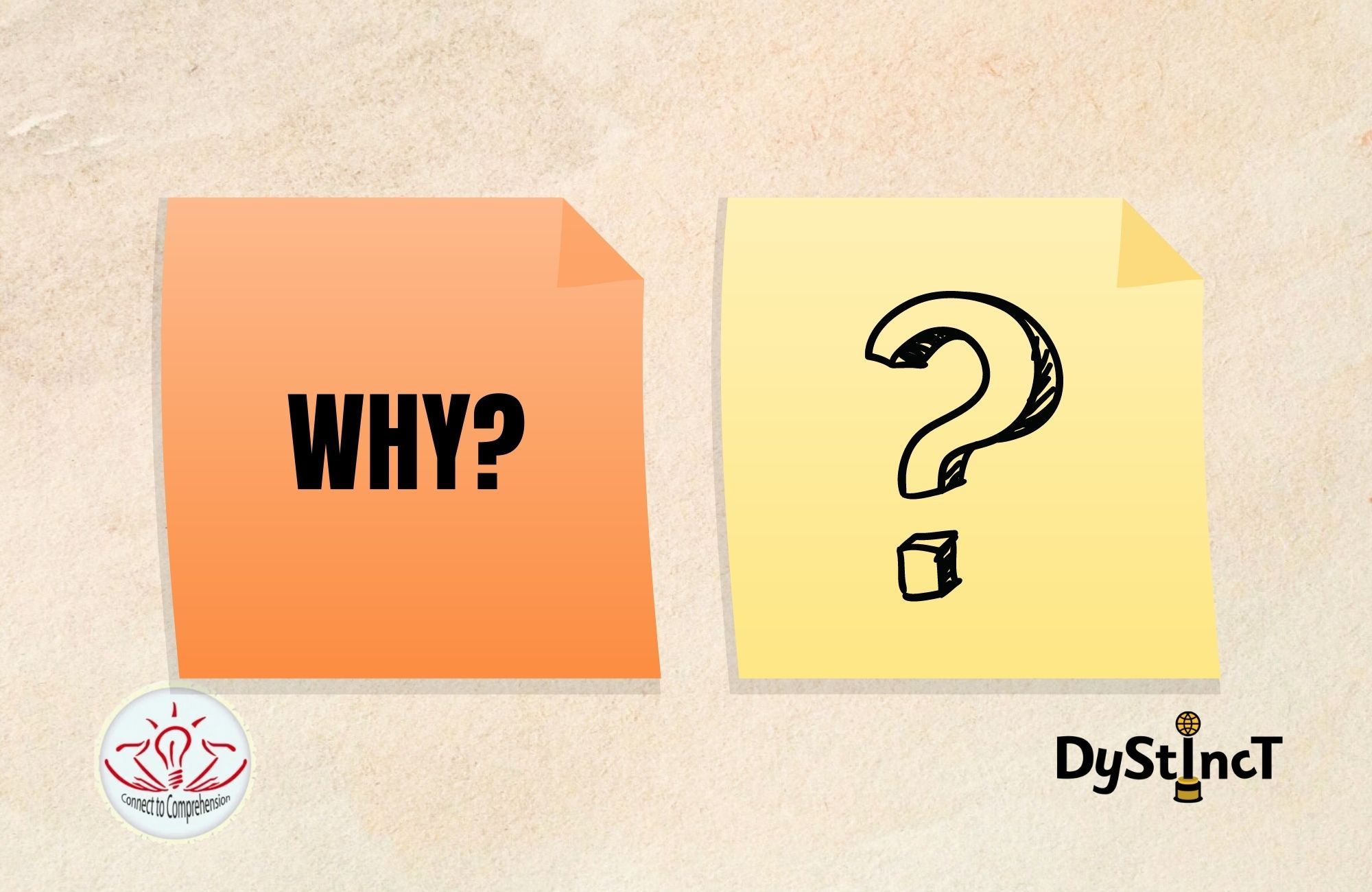
Coding
Coding helps students learn to self-monitor for understanding. They can learn how to use a code to mark places in the text that cause confusion, require further information for understanding, use a difficult vocabulary word, etc. Like all techniques, coding requires modeling by the teacher, examples, and a lot of guided practice.
* - an important fact/idea I should remember
V - a hard vocabulary word
? - a confusing sentence/paragraph
Clicks and Clunks
The Clicks and Clunks visual provides students with a handy reference for fix-up strategies to use when they are struggling to understand.
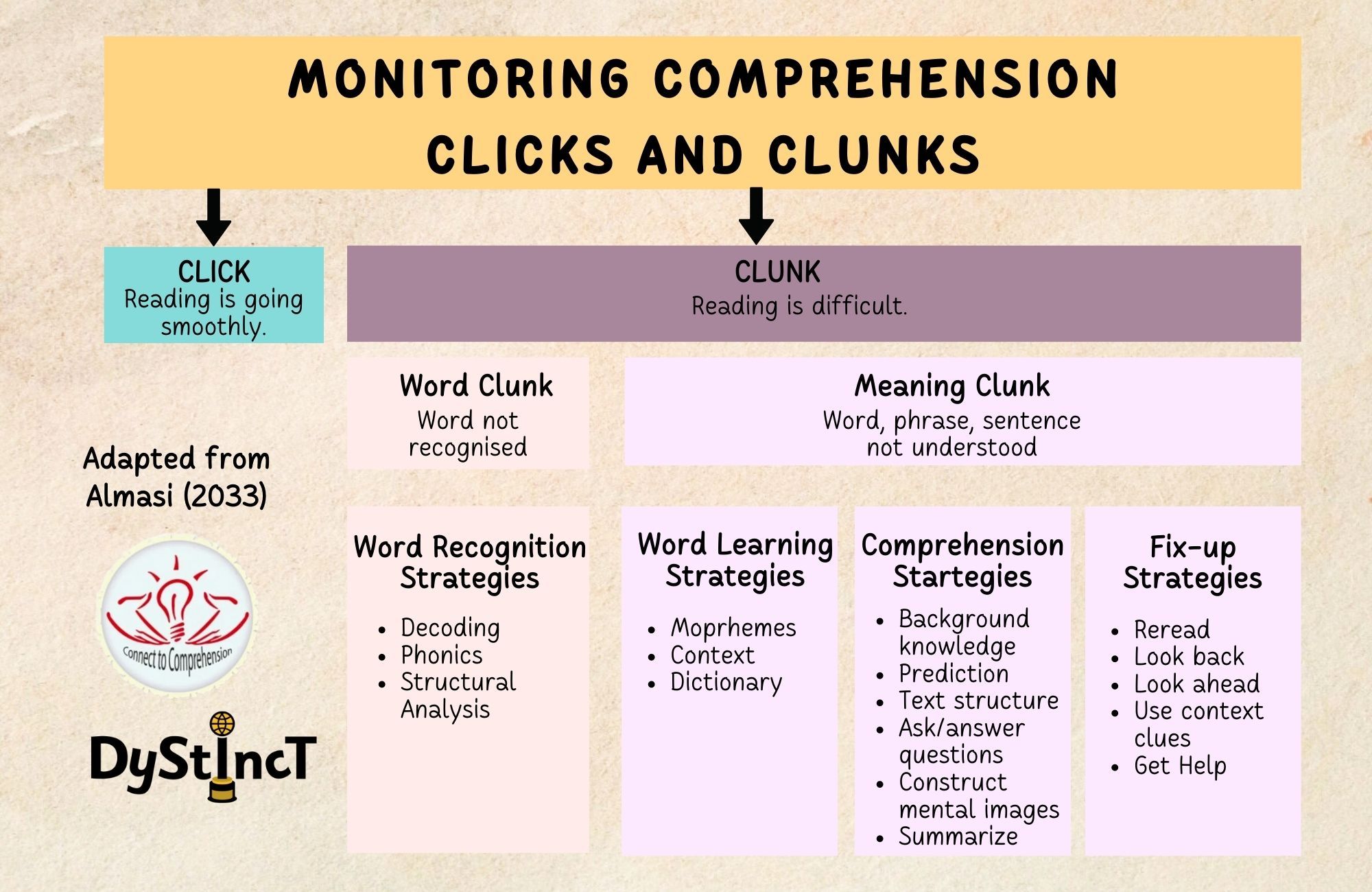
These types of visual models are critical for our dyslexic readers. They provide structure and ways to remind them of what they are practicing to improve their comprehension.
Summarizing
Summarizing
Summarizing requires students to determine what is important when reading and to put it into their own words. Teaching students how to summarize helps them remember what they read. If they try to remember everything that they have read, they may focus on unimportant details rather than main ideas.
When asked to summarize, struggling readers often try to write everything they remember, write almost nothing, or copy parts of the text word for word.
These techniques are useful for teaching this essential strategy.
- Provide modeling and examples. Begin by using short passages and increase the amount of text when students demonstrate mastery with shorter ones.
- Model and teach students how to highlight or underline important information. Teach selective underlining, beginning with small selections of text.
- Provide an Anchor Chart for summarizing a short paragraph, and practice with students.
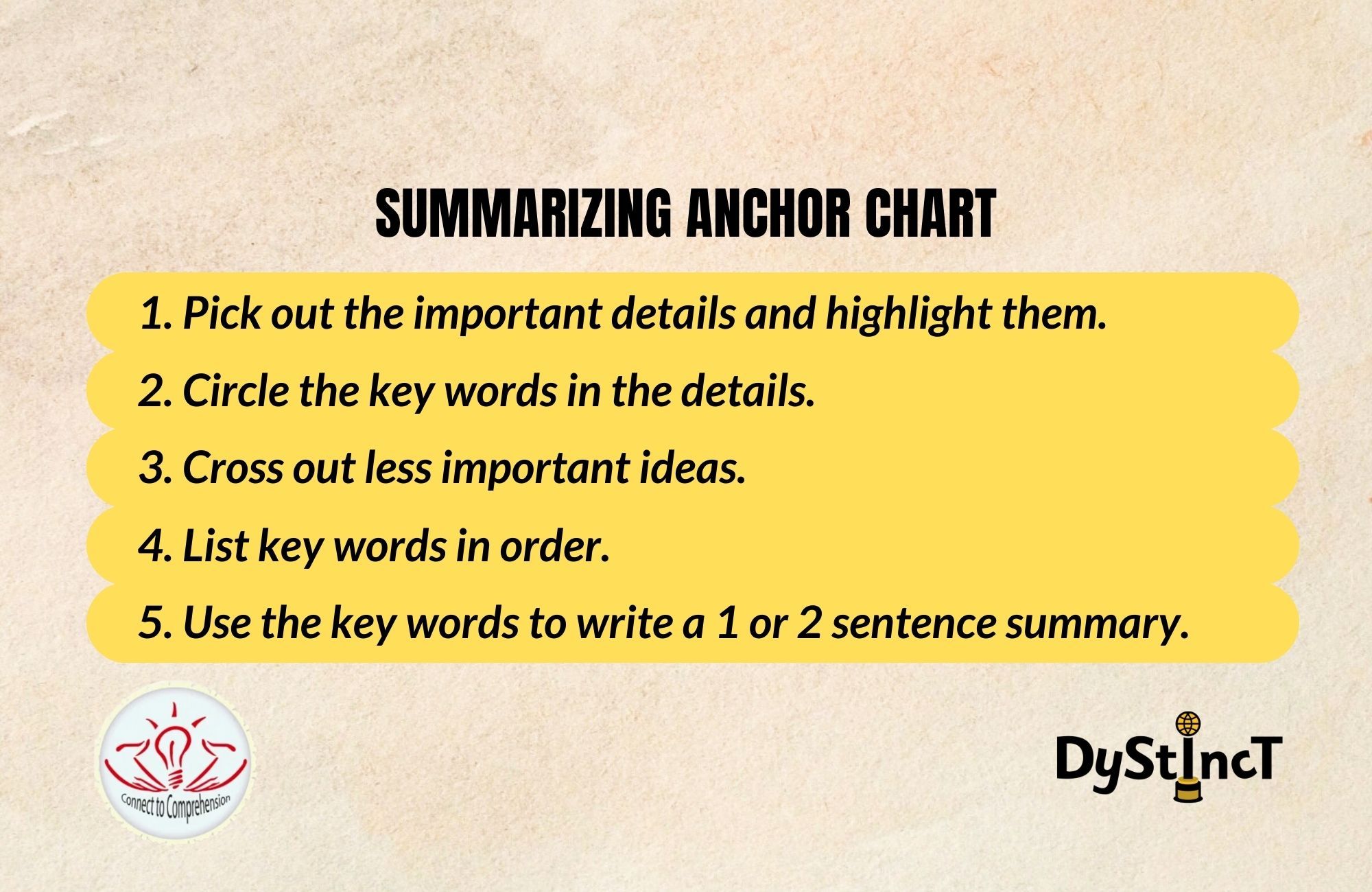
- Model, teach, and practice “Getting the GIST” with students. Have them list “Who, What, When, Where and Why” elements in the text. Then ask them to write a statement that incorporates all these elements. Practice narrowing down this statement into 15-20 words— the “gist.” This format can be used in all grades and for most content areas.
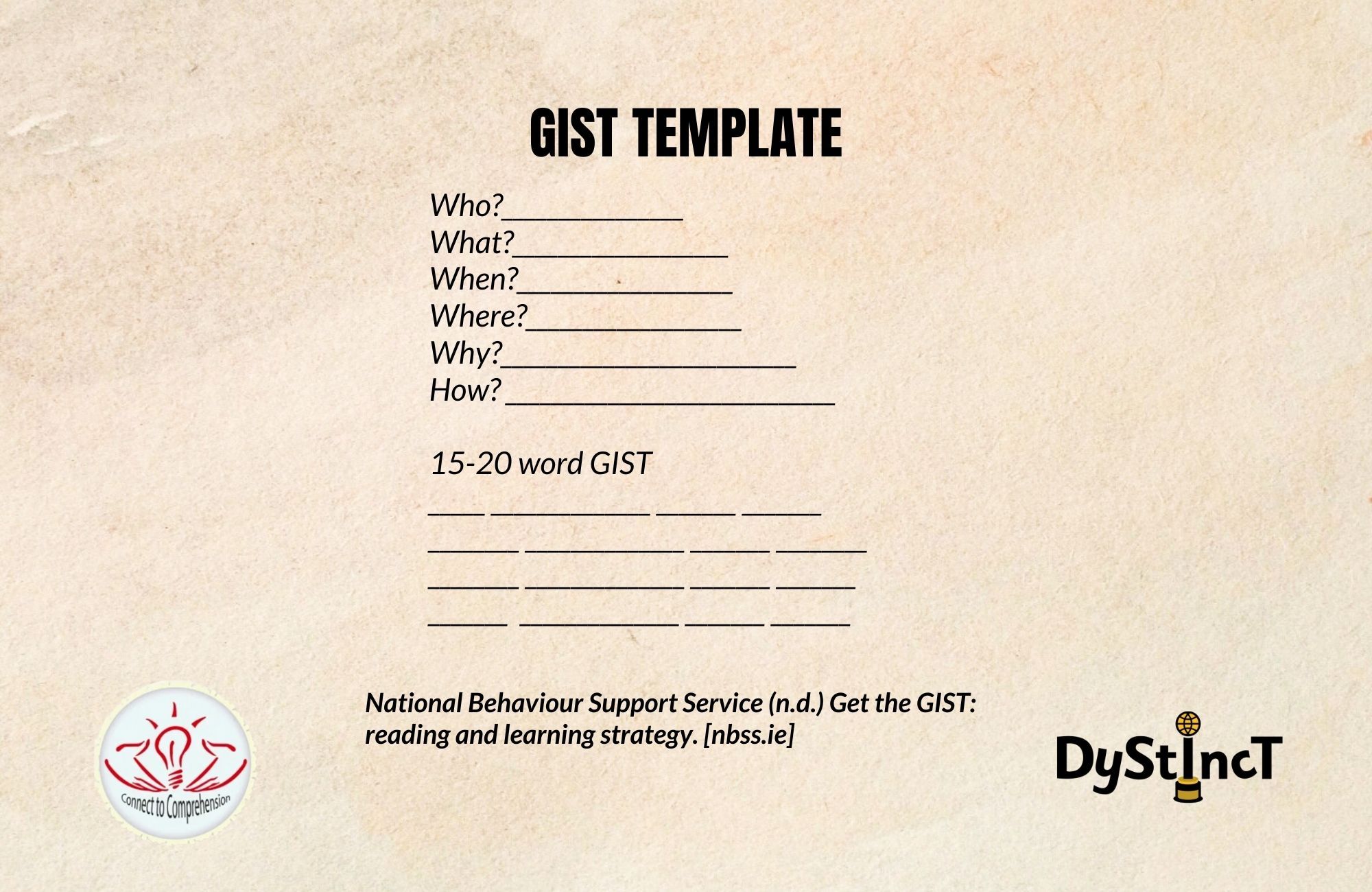
- Model and teach the “Somebody Wanted But So/Then” organizer, which teaches students how to summarize narrative text. Use a simple, familiar story, such as Cinderella, as an example.
This post is for paying subscribers only
SubscribeAlready have an account? Log in


